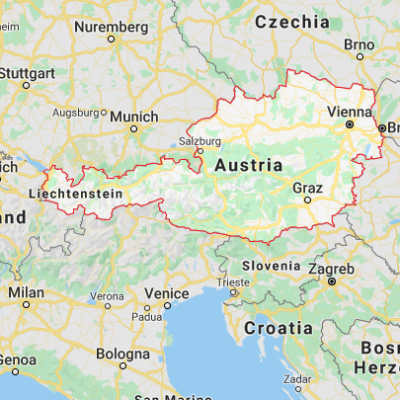
Austria
Contemporary art in Austria is a vibrant and dynamic field, with a rich history and a thriving present. The country is home to world-class museums like the Albertina and the Mumok in Vienna, which regularly host exhibitions of contemporary art. These institutions not only showcase the works of Austrian artists but also promote international artists, making Austria a significant player in the global contemporary art scene. Two of the most renowned contemporary artists from Austria are Hermann Nitsch and Valie Export, who have made significant contributions to performance and media art. The contemporary art scene in Austria is not just confined to museums; it is also very much alive in public spaces and alternative art venues. This diversity and dynamism make contemporary art in Austria a fascinating field to explore.
Show All
- Show All
- Established
- Discoveries
Show All
ARTWORKS RELATED TO AUSTRIA
Hermann Nitsch
Das Sechstagespiel des Orgien Mysterien Theaters, 1998
Limited Edition Print
Etching
EUR 1,750

Oil on board is a painting technique where oil paint is applied to either wood panels that have been sanded and primed or high-density cardboard covered with canvas. These surfaces offer the advantage of being more compact for storage compared to traditional stretched canvas on frames, while still providing a stable surface for painting.

Tansaekhwa, also known as monochrome painting, is a movement in Korean art that began in the mid-1970s. These artworks are characterized by the manipulation of painting materials, such as pushing paint, soaking the canvas, ripping paper, or other techniques that alter the medium. Tansaekhwa emphasizes texture, materiality, and the physical process of creating the artwork.





















